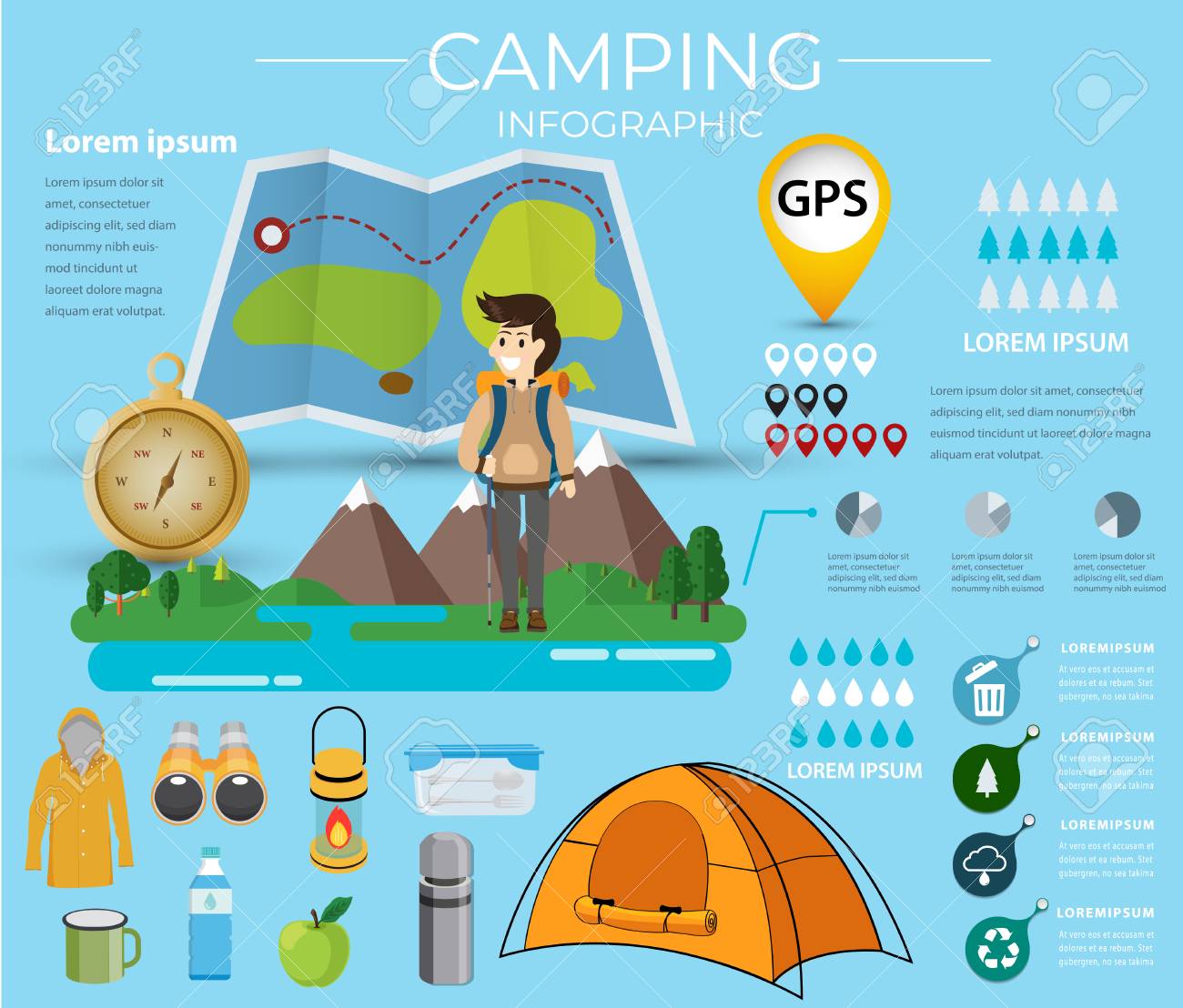A Crash Course In Selling Camping Tents Through The Internet
A Crash Course In Selling Camping Tents Through The Internet
Blog Article
Does Your Backpacking Camping Tent Need a Footprint?
A footprint is costly and includes additional weight to your knapsack. It additionally isn't specifically sturdy.
How do I protect my tent from rain?
Inevitably, whether an outdoor tents impact is necessary depends on where and how typically you're camping. Generally, it's a great idea to utilize one if you camp on rough surfaces or in wet conditions.
Camping Tents with Lower Deniers and Waterproof Ratings
Tents with reduced deniers and water resistant rankings often tend to be lighter, yet they can likewise be a lot more breakable. They might call for even more regular repair services and have much less interior area than tougher models. If you're a casual backpacker who likes to travel fast and light, this might be great; however, even more experienced hikers know that sacrificing resilience can include big effects down the route.
The denier and water-proof ranking of an outdoor tents's cover, rainfly, and floor can help you determine its livability. Look for higher-denier fabrics on the cover and rainfly, in addition to taped seams that assist stop water from leaking through stitches. Some manufacturers also make use of heat and sealant throughout building and construction to produce a stronger seam; these are called bonded joints.
The livability of a camping tent can likewise be identified by its floor dimensions and capacity. A tent's floor need to be a little smaller sized than the impact to avoid water from pooling under the shelter.
Tents in Rough Surface
Several backpacking camping tents include a footprint designed specifically for their version, which aids make certain an appropriate fit and safeguards the tent's base from moisture and sharp things. Various other makers offer universal impacts that can be cut or folded to match an outdoor tents's measurements.
The kind of terrain you'll encounter is an additional vital factor to consider for selecting a tent. As an example, if you'll be camping in a canyon or gully, seek a shelter that can handle solid winds. These conditions create disturbance that can make the distinction between enjoying your camping area or experiencing pain.
The capability and peak height of an outdoor tents give you an excellent concept of its livability, however added aspects to consider consist of vestibules (the portable heater for camping section of the rainfly covering the doors) and overall storage room. For instance, during our winter months testing of the Marmot Tungsten, its charitable 93-by-82-inch flooring easily took care of 4 sweaty backpackers and their puffier shoulder period sleeping bags while still leaving enough space for gear and individuals.
Tents in Damp Conditions
Even if your outdoor tents appears completely dry, moisture prowls in the nooks and crannies. Gradually, it can degrade the textile. That's why it's so essential to capitalize on rest days to deep-clean your camping tent and its parts, such as zipper linings, risk loops and flexible webbing straps.
Additionally, make sure to pitch your camping tent in a flat area, not a divot or concave place, to ensure that ground water does not gather between the tent flooring and footprint or tarpaulin. And if you're making use of a footprint, think about a custom-cut one designed for your camping tent's floor plan. It will not accumulate rainwater the means a generic ground cloth or tarpaulin can.
Technique establishing and removing your camping tent at home prior to you took off, to get a feel for just how quickly and effectively you can do it. Additionally, practice scouting your outdoor tents in different surfaces to see just how simple it is (or isn't) to do in bad climate condition.
Tents in High-Rise Situations
Camping tents vary in floor size and livability. As an example, a large tent with double doors and vestibules like Marmot's Tungsten can handle four backpackers without needing acrobatics to get in and out or to keep equipment.
The minimum path weight requirements is the best spec to contrast versions, as it includes the bare fundamentals: outdoor tents body, rainfly and posts. Yet keep in mind that the spec leaves out tent stakes, man lines and things sacks.
Most backpacking tents can hold up to a light summertime tornado, yet some can be swept away by gale-force gusts. Look for a design with solid posts, a raised bathtub-style floor and seam taping to minimize the opportunity of water seeping with. More expensive layouts also tend to feature more powerful products that can stand up to the influence of debris and other forces.
How do you waterproof a bell tent?
